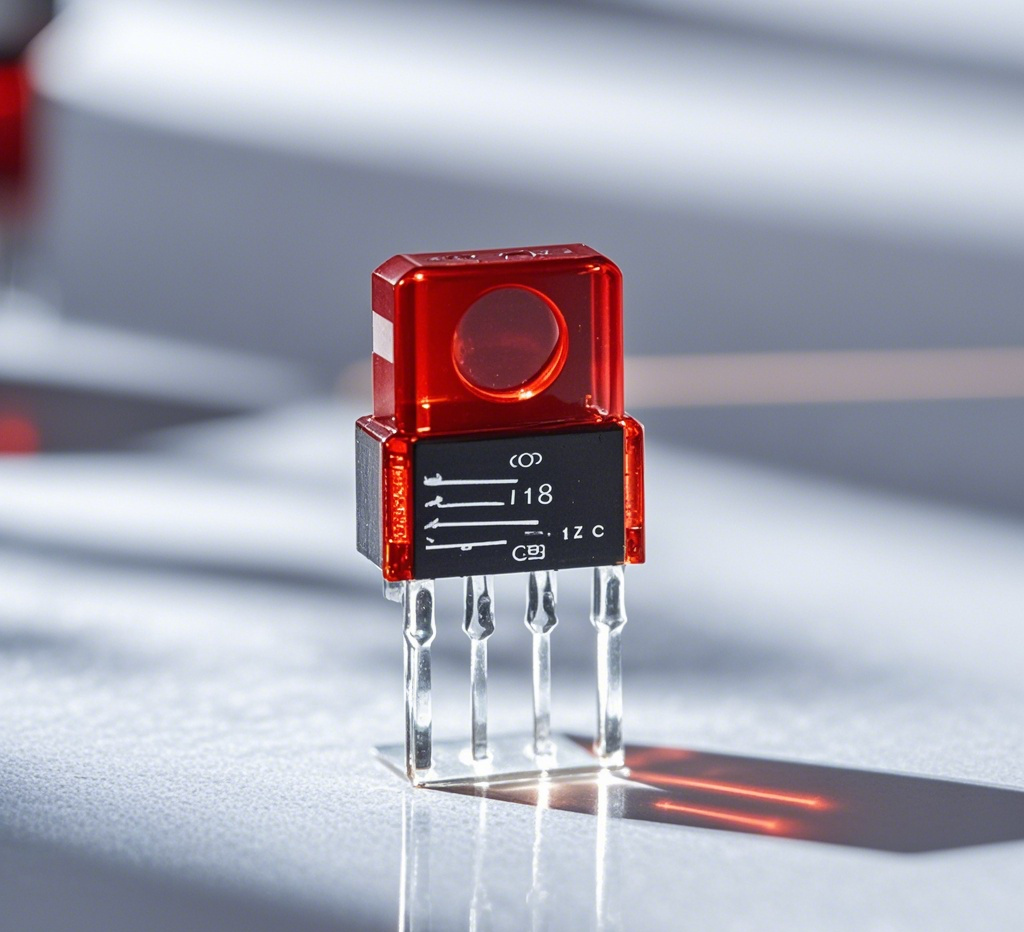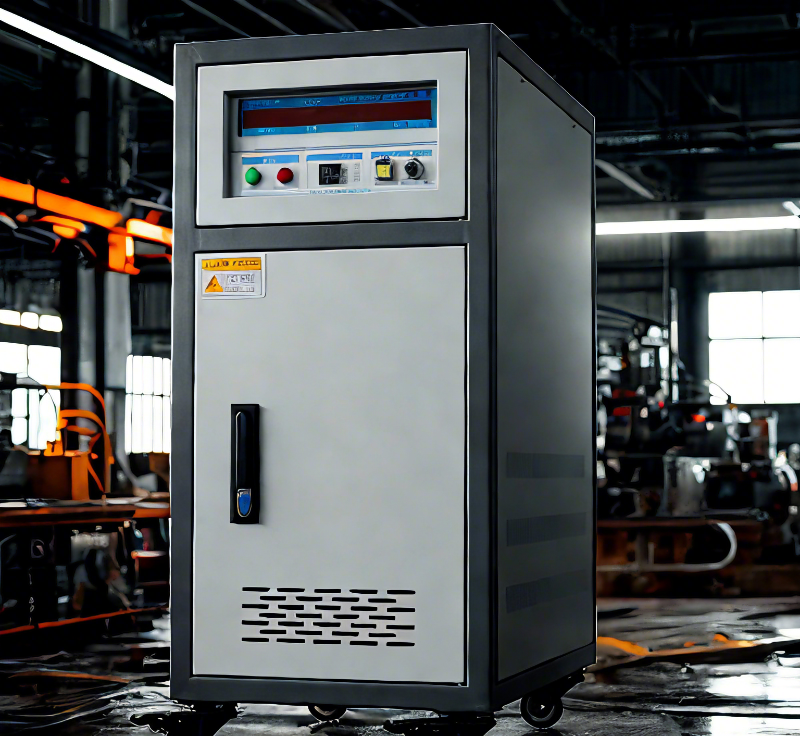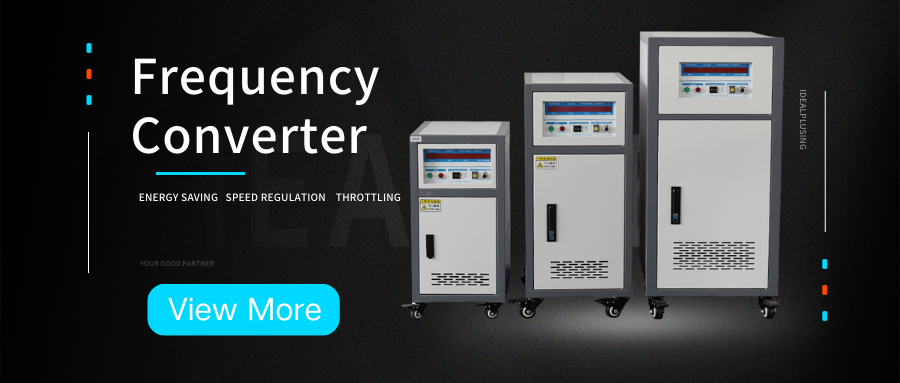● Why can the motor's rotation speed be changed freely?
The unit of motor rotation speed: r/min, the number of rotations per minute, can also be expressed as rpm.
For example: 2-pole motor 50Hz3000[r/min]
4-pole motor 50Hz1500[r/min]
Conclusion: The motor's rotation speed is proportional to the frequency
The rotation speed of an induction AC motor (hereinafter referred to as a motor) is approximately determined by the number of poles and frequency of the motor. The number of poles of the motor is fixed according to the working principle of the motor. Since the pole value is not a continuous value (a multiple of 2, such as 2, 4, 6 poles), it is generally not suitable to adjust the motor speed by changing this value.
In addition, the frequency can be adjusted outside the motor and then supplied to the motor, so that the motor's rotation speed can be freely controlled.
Therefore, the frequency converter for the purpose of controlling frequency is the preferred device as a motor speed control device.
n=60f/p n: synchronous speed f: power frequency p: number of motor pole pairs
Conclusion: Changing frequency and voltage is the best motor control method
If only the frequency is changed without changing the voltage, the motor will be overvoltage (overexcitation) when the frequency is reduced, which may cause the motor to burn out. Therefore, the inverter must change the voltage at the same time as changing the frequency. When the output frequency is above the rated frequency, the voltage cannot continue to increase, and the maximum can only be equal to the rated voltage of the motor.
For example: In order to halve the rotation speed of the motor, change the output frequency of the inverter from 50Hz to 25Hz. At this time, the output voltage of the inverter needs to be changed from 400V to about 200V.

● When the rotation speed (frequency) of the motor changes, what will happen to its output torque?
The starting torque and maximum torque when driven by the inverter are smaller than those when driven directly by the industrial frequency power supply.
The motor has a large impact on starting and accelerating when powered by the industrial frequency power supply, but these impacts are weaker when powered by the inverter. Direct starting at industrial frequency will generate a large starting current. When using a frequency converter, the output voltage and frequency of the frequency converter are gradually added to the motor, so the starting current and impact of the motor are smaller.
Usually, the torque generated by the motor decreases as the frequency decreases (speed decreases). The actual data of the reduction will be explained in some frequency converter manuals.
By using a frequency converter with flux vector control, the lack of torque at low speed of the motor will be improved, and the motor can even output sufficient torque in the low speed area.
● When the frequency converter speed is adjusted to a frequency greater than 50Hz, the output torque of the motor will decrease
The usual motor is designed and manufactured according to the 50Hz voltage, and its rated torque is also given within this voltage range. Therefore, the speed regulation below the rated frequency is called constant torque speed regulation. (T=Te, P<=Pe)
When the output frequency of the frequency converter is greater than 50Hz, the torque generated by the motor will decrease in a linear relationship inversely proportional to the frequency.
When the motor runs at a frequency greater than 50Hz, the size of the motor load must be considered to prevent insufficient motor output torque. For example, the torque generated by the motor at 100Hz is reduced to about 1/2 of the torque generated at 50Hz. Therefore, speed regulation above the rated frequency is called constant power speed regulation. (P=Ue*Ie)

● Application of inverters above 50Hz As we all know, for a specific motor, its rated voltage and rated current are constant.
If the rated values of the inverter and motor are both: 15kW/380V/30A, the motor can work above 50Hz. When the speed is 50Hz, the output voltage of the inverter is 380V and the current is 30A. At this time, if the output frequency is increased to 60Hz, the maximum output voltage and current of the inverter can only be 380V/30A. Obviously, the output power remains unchanged. So we call it constant power speed regulation.
What is the torque situation at this time?
Because P=wT (w: angular velocity, T: torque).
Because P does not change, w increases, so the torque will decrease accordingly. We can also look at it from another angle:
The stator voltage of the motor U=E+I*R (I is current, R is electronic resistance, and E is induced potential)
It can be seen that when U and I do not change, E does not change. And E=k*f*X, (k: constant, f: frequency, X: magnetic flux), so when f changes from 50-->60Hz, X will decrease accordingly.
For the motor, T=K*I*X, (K: constant, I: current, X: magnetic flux), so the torque T will decrease as the magnetic flux X decreases.
At the same time, when it is less than 50Hz, since I*R is very small, when U/f=E/f remains unchanged, the magnetic flux (X) is a constant. The torque T is proportional to the current. This is why the overcurrent capacity of the inverter is usually used to describe its overload (torque) capacity. It is also called constant torque speed regulation (rated current remains unchanged-->maximum torque remains unchanged)
Conclusion: When the output frequency of the inverter increases from above 50Hz, the output torque of the motor will decrease.

● Other factors related to output torque
The heat generation and heat dissipation capacity determine the output current capacity of the inverter, thereby affecting the output torque capacity of the inverter.
Carrier frequency: The rated current marked by the general inverter is the value that can ensure continuous output at the highest carrier frequency and the highest ambient temperature. Reducing the carrier frequency will not affect the current of the motor. However, the heat generation of the components will be reduced.
Ambient temperature: It is like the inverter protection current value will not be increased when the ambient temperature is detected to be relatively low.
Altitude: The increase in altitude has an impact on heat dissipation and insulation performance. Generally, it can be ignored below 1000m. For altitudes above 1000m, the capacity can be reduced by 5% for every 1000m.







